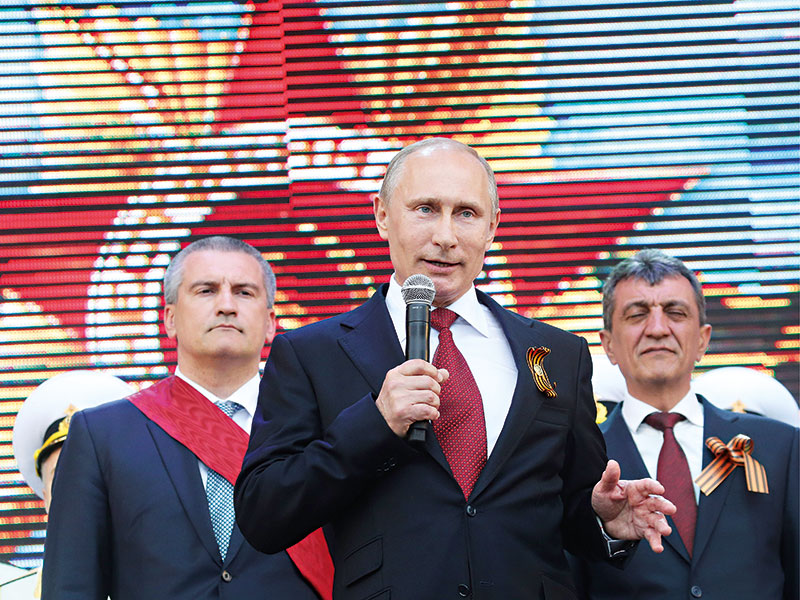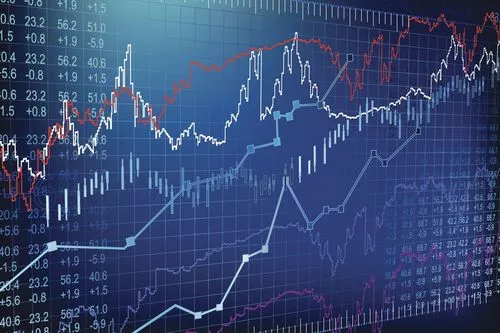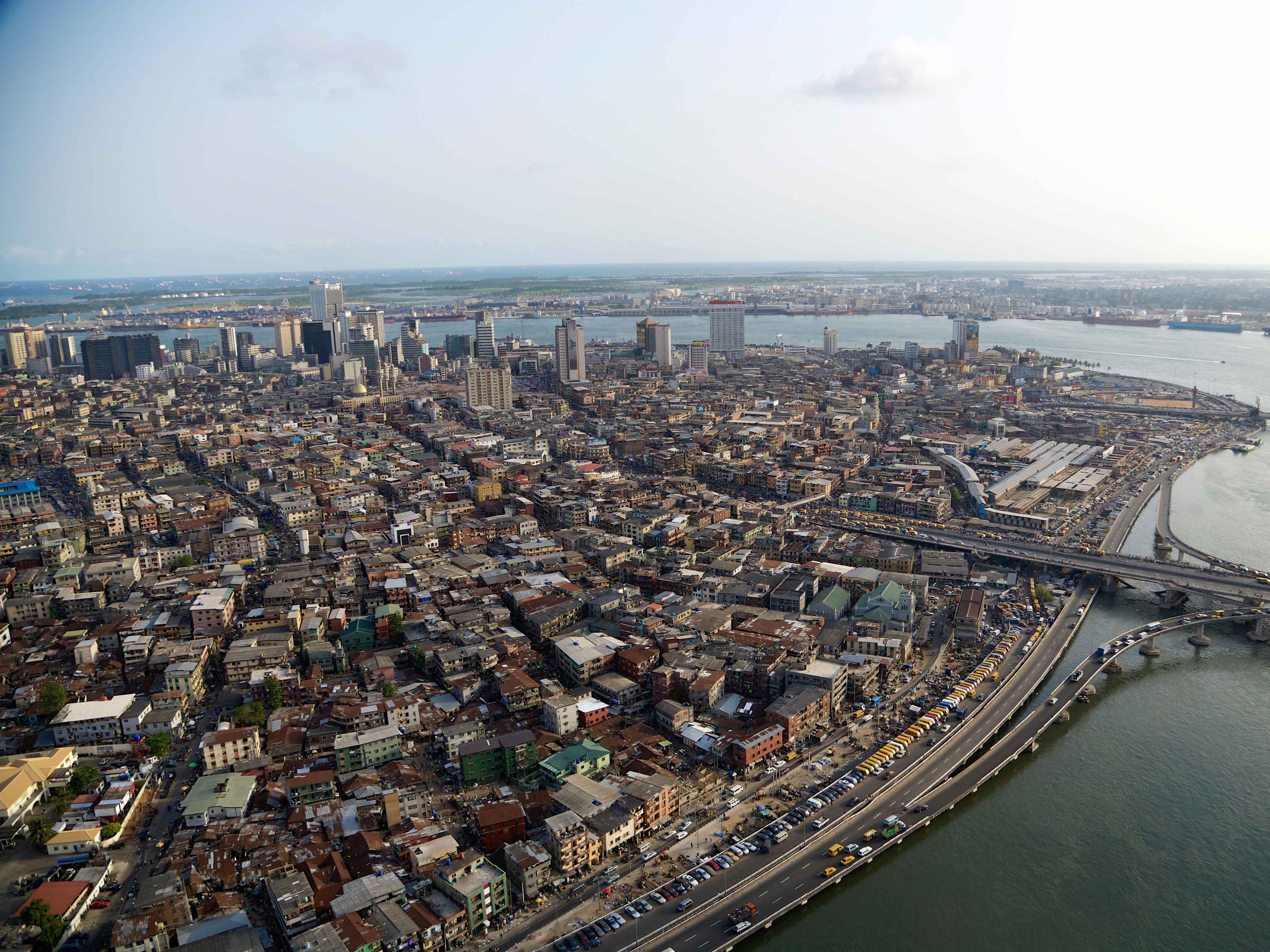Crimea doesn’t pay: assessing the economic impact of Russia’s annexation

In the early hours of February 23, 2014, as most of Moscow lay sleeping, Russian President Vladimir Putin sat in the Kremlin among his most trusted advisors. The political situation in Ukraine had become increasingly volatile, and Russia could not sit back and allow the crisis to simply run its course. Putin ended the meeting with a
In the five years that have passed since Crimea rejoined the Russian Federation, the peninsula’s economy appears to be showing few ill effects. On the contrary, things are going better than ever: in Q1 2019,
The peninsula’s success, however, is a little misleading. Since 2014, Moscow has pumped huge sums of money into the Crimean economy, funding a number of large infrastructure projects of dubious value. This expenditure has not only created the pretence of prosperity – it has also proved a monumental drain on Russia’s finances at a time when international sanctions are beginning to bite.
Paint the town red
If the West is intent on isolating Crimea, the peninsula will have to look eastward instead
The festivities were not simply an outpouring of nationalist fervour, though: for many in Crimea, things seem to have genuinely improved since the peninsula came under Moscow’s control. On paper, they certainly have: according to reports from Russian media company
“According to [the Russian Federal State Statistics Service (Rosstat)], in terms of… growth in manufacturing production between 2014 and 2017, Crimea and Sevastopol were the champions,” Alexander Skorobogatov, a professor at the Higher School of Economics in Saint Petersburg and author of a blog entitled
Economic growth has predominantly been fuelled by large-scale developments like the 18.1km-long Kerch Strait Bridge, which opened in May 2018 and cost $3.7bn to build. Other projects include a pipeline supplying natural gas from Krasnodar Krai, a new passenger terminal at Simferopol International Airport and the yet-to-be-completed construction of the Tavrida highway.
“The infrastructure projects – the new bridges and roads – induce… construction and related industries,” Skorobogatov said. “In addition, the state supports the agricultural sector, which leads to growing outputs. Tourism, after some decline because of lower visitor numbers from Ukraine, is now recovering. This, in turn, boosts the wholesale and retail industries.”
And while Crimea has suffered from significantly reduced trade with its European neighbours – Ukraine formally ceased all trade with the peninsula in 2015 – the region has forged workarounds, usually involving the Russian port of Novorossiysk. New export opportunities are also being explored: for instance, Russia has plans to build a grain terminal in Crimea that will reportedly increase shipments to Syria fivefold. Moves like this will help plug the economic gap to an extent, but bigger prizes are also being targeted. Collaboration with China is one major consideration, particularly given its Belt and Road Initiative. If the West is intent on isolating Crimea, the peninsula will have to look eastward instead.
From Russia with love
Just a few months after Crimea formally rejoined the Russian Federation, Moscow launched a programme called the Socioeconomic Development in the Republic of Crimea and the City of Sevastopol. The initiative has a budget of RUB 669.6bn ($10.06bn), 95.9 percent of which comes directly from Russia’s federal budget.
Inefficiencies quickly became apparent, though. Keen to capitalise on the sense of patriotism spreading among ethnic Russians living on the Crimean peninsula, Russia drafted and implemented its federal programme rapidly after completing the annexation – perhaps too rapidly. Budgets were exceeded, targets were missed and, of course, any money being funnelled into Crimea could not be spent on the rest of the Russian Federation.
In 2017, only 10 new roadways were built across what is the world’s largest country by land area, in spite of the fact that it was gearing up to host a global showpiece event in the form of the 2018 FIFA World Cup. In fact, Russia has long lagged behind western states when it comes to infrastructural development. According to
“The subsidies are made at the expense of the rest of the Russian economy, but relatively, this should not be too burdensome,” Skorobogatov told
World Finance
. “The statistics suggest that a lot – if not the majority – of Russian regions depend on subsidies, and the Crimean peninsula is no exception. As for the attitude of Russian citizens, public opinion polls repeatedly report positive moods as a whole regarding the peninsula.
“People normally treat the situation with Crimea as one where the state has taken necessary and fair action to protect the people there and return territories previously lost due to policies that are now considered deeply fallacious and unfair. Therefore, Russian citizens believe it is a worthwhile sacrifice, especially since the sacrifice is not that great.”
Although still largely positive, the outlook throughout the rest of Russia has deteriorated as citizens have seen money that could have been used in other regions consistently pumped into Crimea. Research undertaken in March by Russia’s
“The prodigious sums spent on the Kerch Bridge have been criticised; not so much the subsidies to the Crimean economy,” explained Professor Philip Hanson, an associate fellow of the Russia and Eurasia programme at Chatham House. “Now that the ‘Crimean consensus’ in Russia is beginning to fade, one might expect more such criticism. Meanwhile, special treatment for Crimea does not seem to rank high [on] the list of grumbles.”
On the whole, then, public opinion appears to be mixed. As the half-decade celebrations earlier this year demonstrated, many citizens still believe that the decision to reclaim Crimea was the right one. Emotion often trumps economics, and even those based elsewhere in the Russian Federation who have had to watch Moscow pump money into vanity projects across the peninsula may feel it is a price worth paying.
Closing rank
In March, more than 500 troops from the Russian Black Sea Fleet’s ground force took part in a tactical exercise on the Crimean peninsula. On July 11, more than 2,000 Russian paratroopers landed at the region’s Naimanskaya military site. These are just two examples of the kind of drills that have become commonplace in Crimea since 2014.
This militarisation has helped Russia maintain an economic stranglehold on the rest of Ukraine. In particular, businesses have found that Russia is creating issues for cargo travelling to and from ports along the Sea of Azov. According to a report by the
The militarisation of Crimea has helped Russia maintain an economic stranglehold on the rest of Ukraine
By May 2019, these hold-ups had been reduced to around 40 hours – an improvement, but still the sort of delay that severely disrupts supply chains and causes businesses to go bust. According to the
Evidently, ownership of the Crimean peninsula is of military importance to Russia, but this militarisation has also had knock-on effects for the regional economy – both positive and negative. “The military contingent creates a demand for various non-traded goods and thus stimulates the Crimean economy,” Skorobogatov said. “Meanwhile, there are signs of diminishing competition in some industries, such as transport and trade. This follows naturally from larger Russian firms entering the peninsula and replacing their smaller counterparts. This is… part of a broader process going [on] in most of the Russian regions.”
In March 2019, thousands paraded through the streets of Crimea’s capital, Simferopol. They recited songs celebrating five years since the region’s reunification with Mother Russia, wore Cossack costumes and proudly waved Russian and Crimean flags above their heads. The celebrations, which lasted four days, were deemed to be of such importance that Putin himself attended.
While the Crimean economy has done well on a surface level since its annexation, the region has received more than a little bit of help. Huge subsidies from Moscow have been a mainstay since 2014, fluctuating between $1bn and $2.7bn per annum (
see Fig 1
). These figures are not necessarily putting a significant strain on Russia’s economy, which is the world’s 12th-largest by nominal GDP, but they do appear to be contributing to a slowdown (
see Fig 2)
.



Speaking to
World Finance
, Hanson underlined the notion that the occupation of Crimea is about more than financial gain: “I can’t think of any economic benefits that Russia might gain from controlling Crimea that would not have been available via friendly trade and investment with an independent Ukraine.” It is not difficult, however, to determine other reasons for the annexation.










